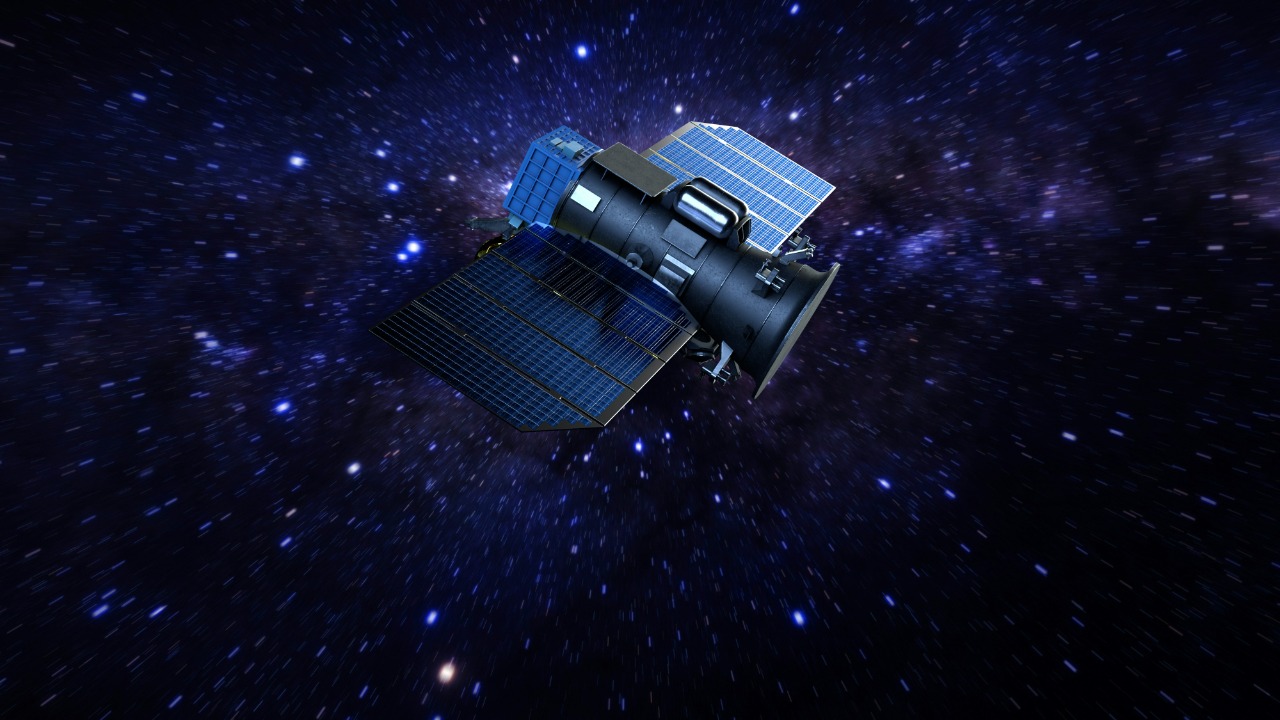
In recent years, the scientific community has been abuzz with the discovery of interstellar objects passing through our solar system. With the potential for groundbreaking discoveries, scientists are now preparing to send a spacecraft to intercept and study these mysterious visitors from beyond our solar system.
The Interstellar Mystery: Unveiling the Unknown
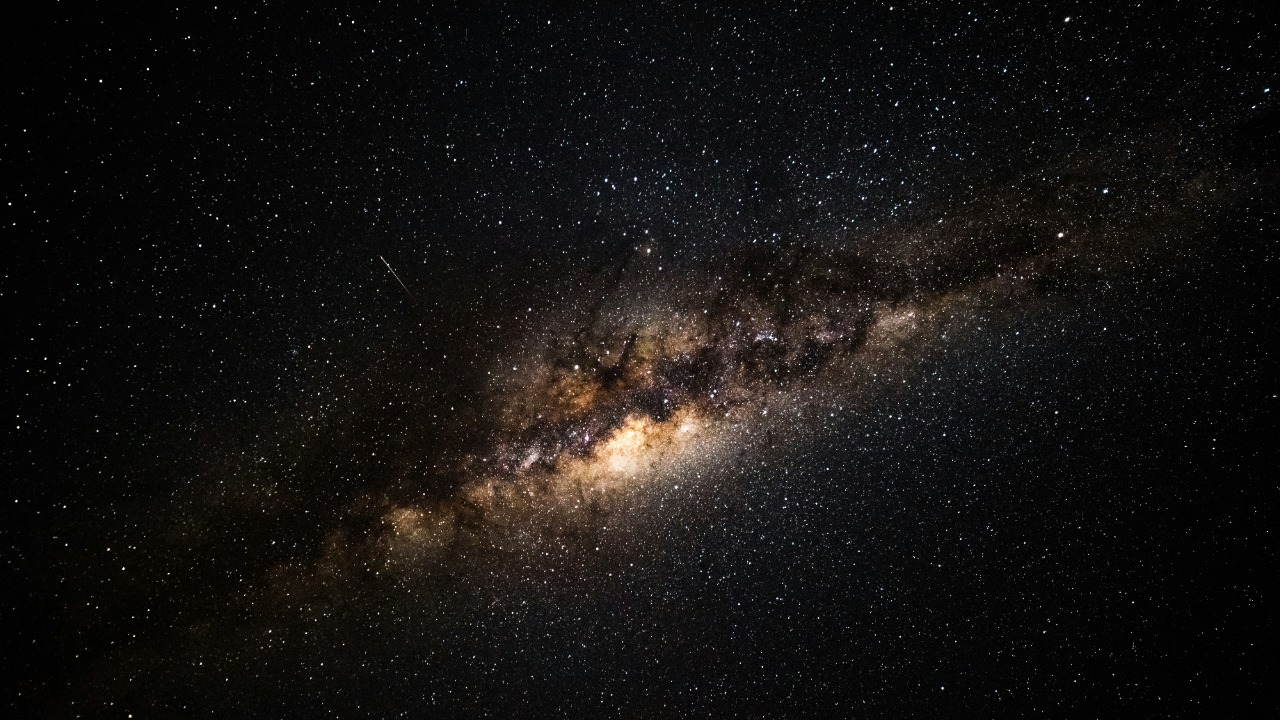
Interstellar objects, by definition, are celestial bodies that originate outside our solar system and traverse through it. These objects captivate scientists due to their unique characteristics and potential to offer insights into the universe’s origins. Unlike typical asteroids or comets, interstellar objects are not gravitationally bound to the Sun, making their trajectories and compositions particularly intriguing. They possess a range of velocities and trajectories that set them apart from their solar system counterparts.
Recent discoveries have intensified interest in these objects. The first known interstellar object, ‘Oumuamua, was detected in 2017, followed by the comet 2I/Borisov in 2019. These objects have challenged existing scientific models, prompting researchers to consider new theories about their origins and compositions. The potential scientific impact of studying these objects is immense. Understanding their origins could unravel mysteries about the formation of stars and planets beyond our solar system, offering clues about the building blocks of the universe.
The Mission Proposal: Crafting a Plan for Interception
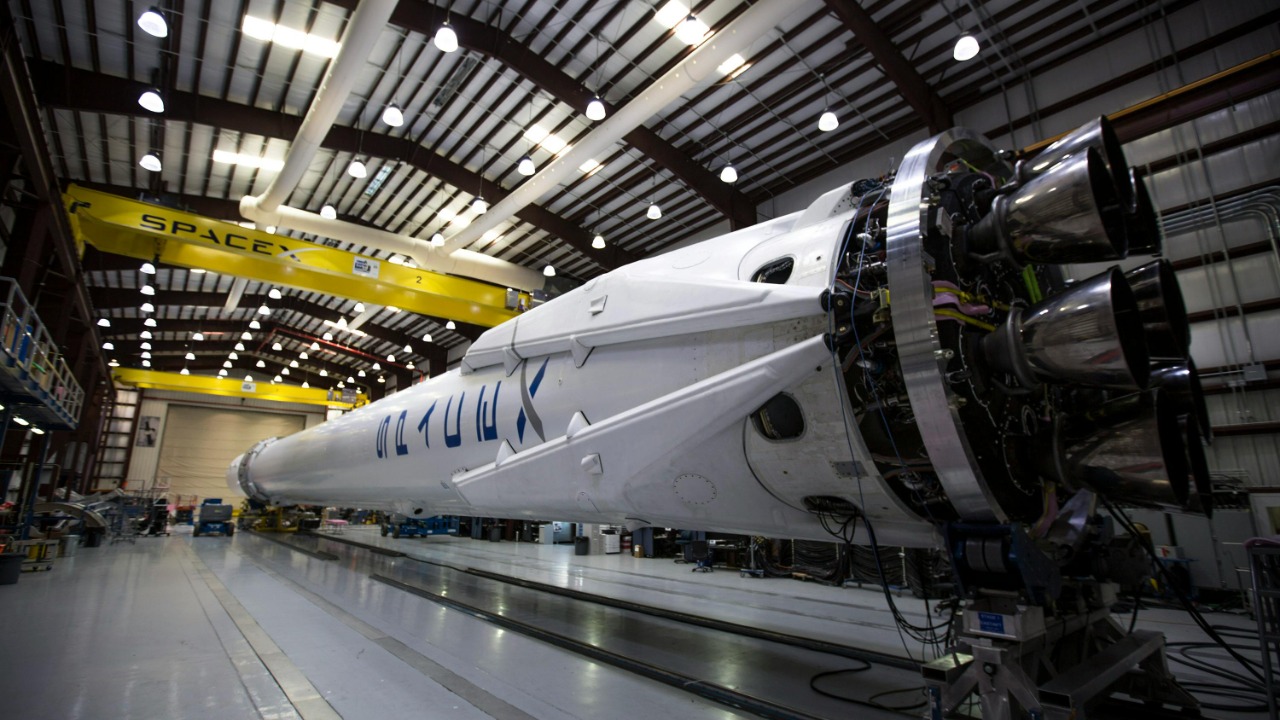
The proposal to send a spacecraft to intercept interstellar objects is ambitious and requires cutting-edge technology. Designing a spacecraft capable of matching the high speeds of these objects presents a significant challenge. Engineers are exploring innovative solutions, such as using advanced propulsion systems that could enable the spacecraft to reach the necessary velocity for interception. This involves utilizing solar sails or nuclear thermal propulsion, which could offer the thrust needed to catch up with these fast-moving bodies.
The mission timeline is equally critical. Scientists aim to launch the spacecraft within the next decade, with key milestones including the construction of the spacecraft, testing of its systems, and eventual launch.
International collaboration will play a pivotal role in this endeavor, as partnerships among space agencies, such as NASA and the European Space Agency, along with research institutions worldwide, are essential for pooling resources and expertise. By working together, these organizations can overcome logistical and technical challenges, increasing the mission’s chances of success.
Challenges and Risks: Navigating the Unknown
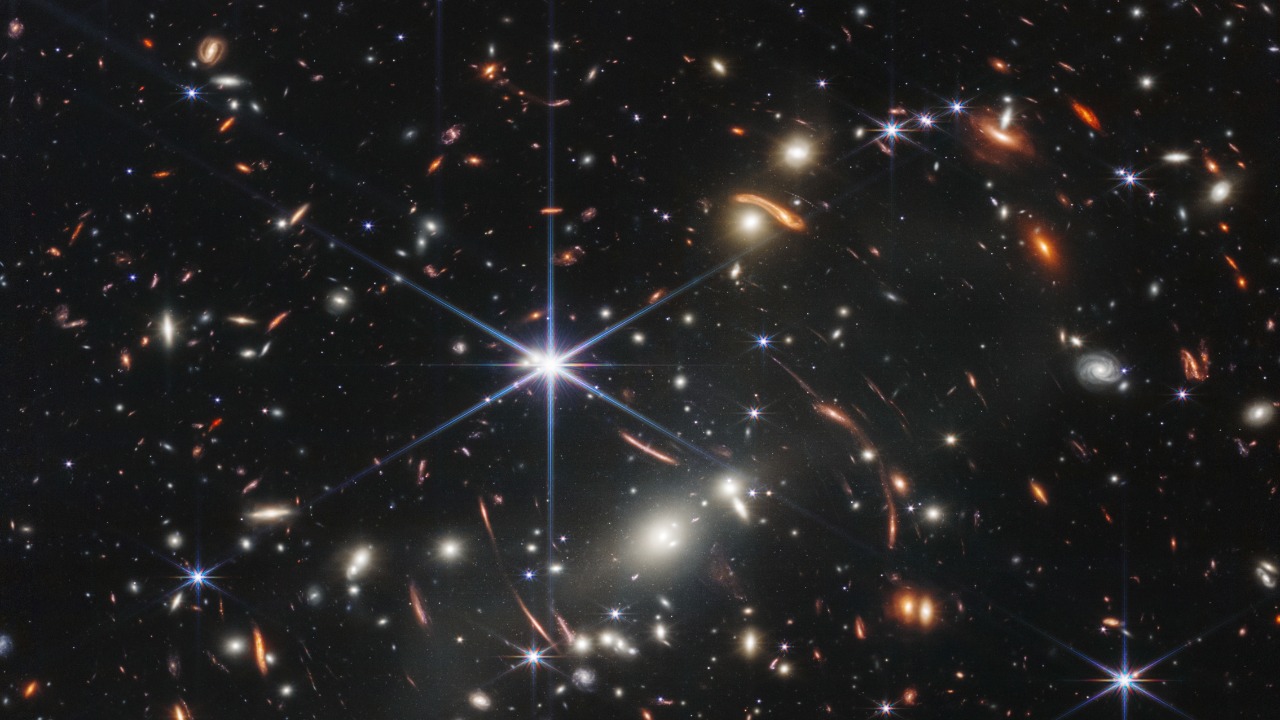
Intercepting interstellar objects is fraught with technical hurdles. The engineering challenges are immense, as the spacecraft must be capable of traveling at unprecedented speeds and maneuvering in space to meet the object’s trajectory. Precision in navigation and timing is crucial, as even minor miscalculations could result in missing the target altogether. Additionally, the spacecraft must be equipped with instruments to study the object’s composition and behavior upon approach.
Financial considerations also pose a challenge. Funding such a mission requires substantial investment, and resource allocation must be carefully managed. Space agencies must justify the costs by highlighting the mission’s potential scientific returns. Furthermore, risk management strategies must be developed to address potential pitfalls, such as technical failures or unforeseen events during the mission. By anticipating these risks, scientists can devise contingency plans to mitigate them.
Scientific Goals and Potential Discoveries
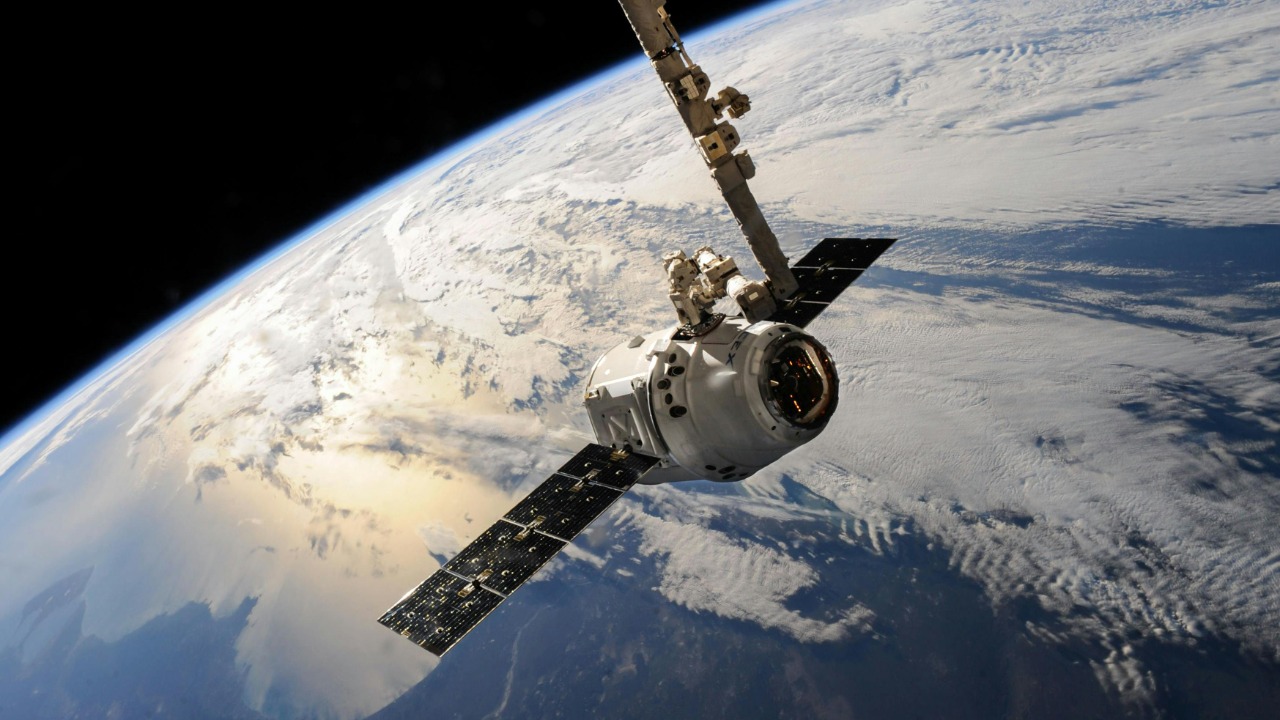
The scientific goals of this mission are multifaceted. A primary objective is to analyze the object’s composition, which could reveal information about the building blocks of the universe. By studying the materials that constitute these objects, scientists hope to gain insights into the processes that govern star and planet formation. This could have profound implications for our understanding of the cosmos.
Additionally, the mission holds promise for astrobiology. By examining the organic compounds within these interstellar bodies, we may find clues about the potential for life elsewhere in the universe. Such discoveries could redefine our understanding of life’s potential existence beyond Earth. Moreover, the broader impact on space exploration is substantial, as this mission could pave the way for future interstellar studies, encouraging further technological advancements and exploration initiatives.
Public Interest and Ethical Considerations
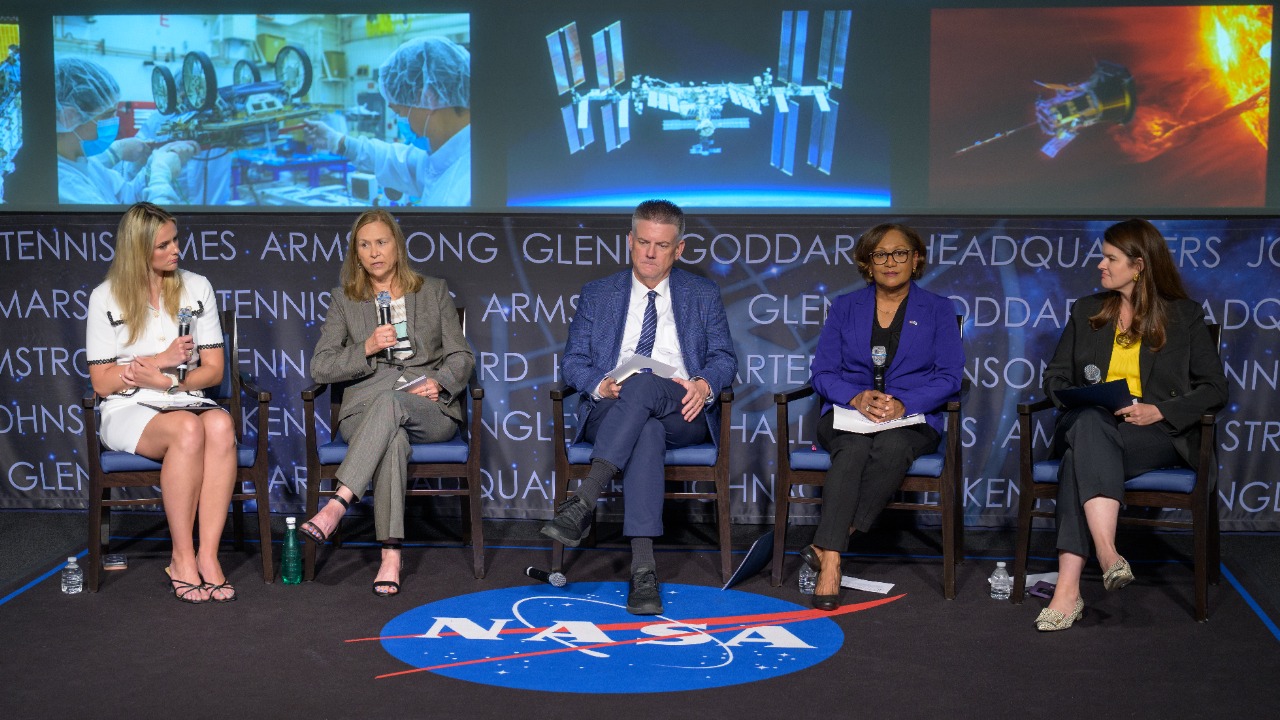
Engaging the public is crucial for garnering support and funding for the mission. Effective science communication can help foster interest by illustrating the mission’s potential to answer fundamental questions about our universe. Public outreach programs, educational initiatives, and media coverage can all play a role in building excitement and understanding of the mission’s objectives and significance.
However, ethical debates also arise when considering the potential consequences of interacting with interstellar objects. Some experts caution against the risks of contamination or unintended consequences of such interactions. It is essential to weigh these concerns against the scientific benefits, and transparent discussions about these risks can help address public apprehensions. The role of science communication becomes increasingly important in this context, as it involves not only educating the public but also addressing ethical concerns and fostering an informed dialogue about the mission’s implications.